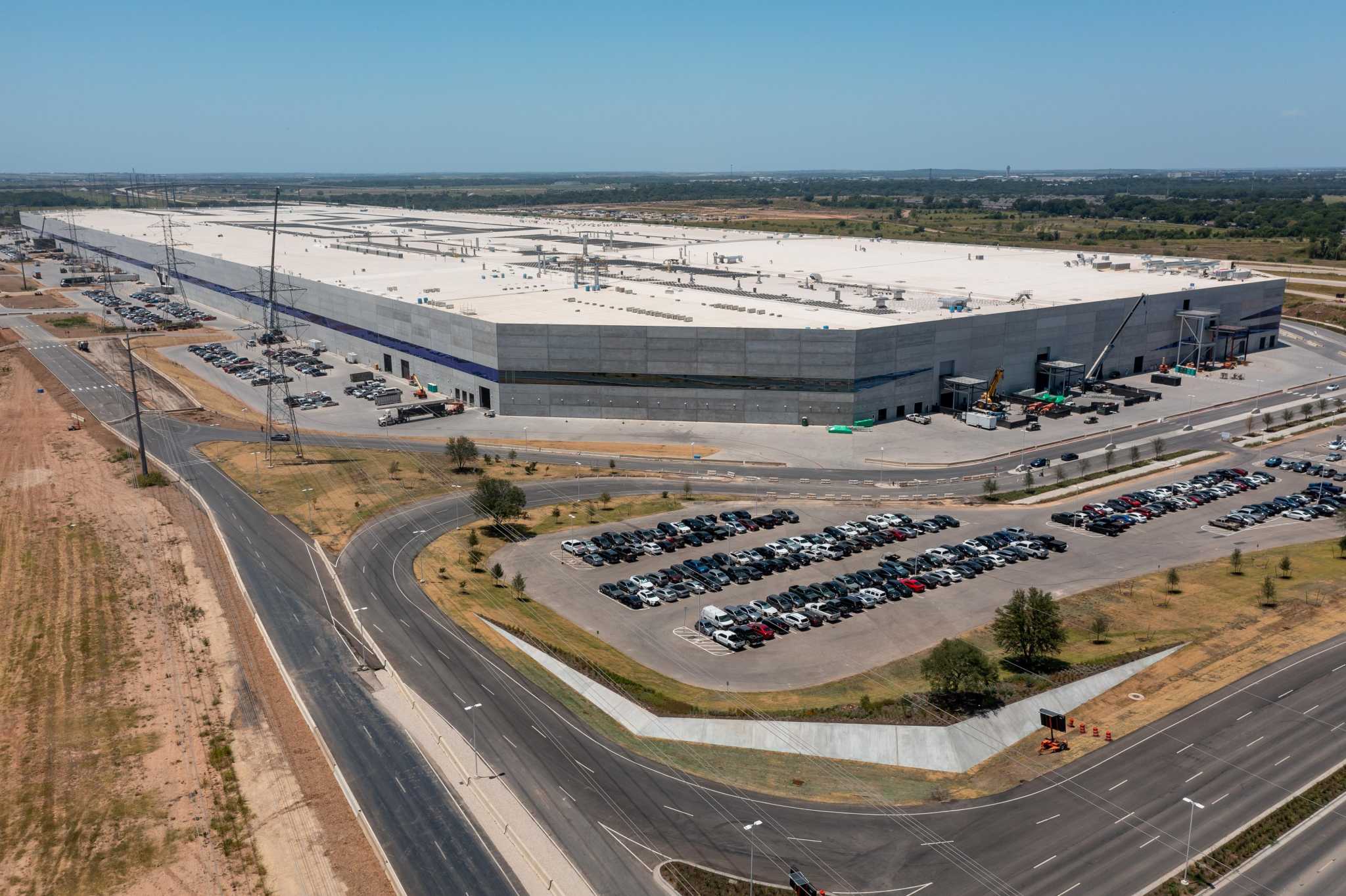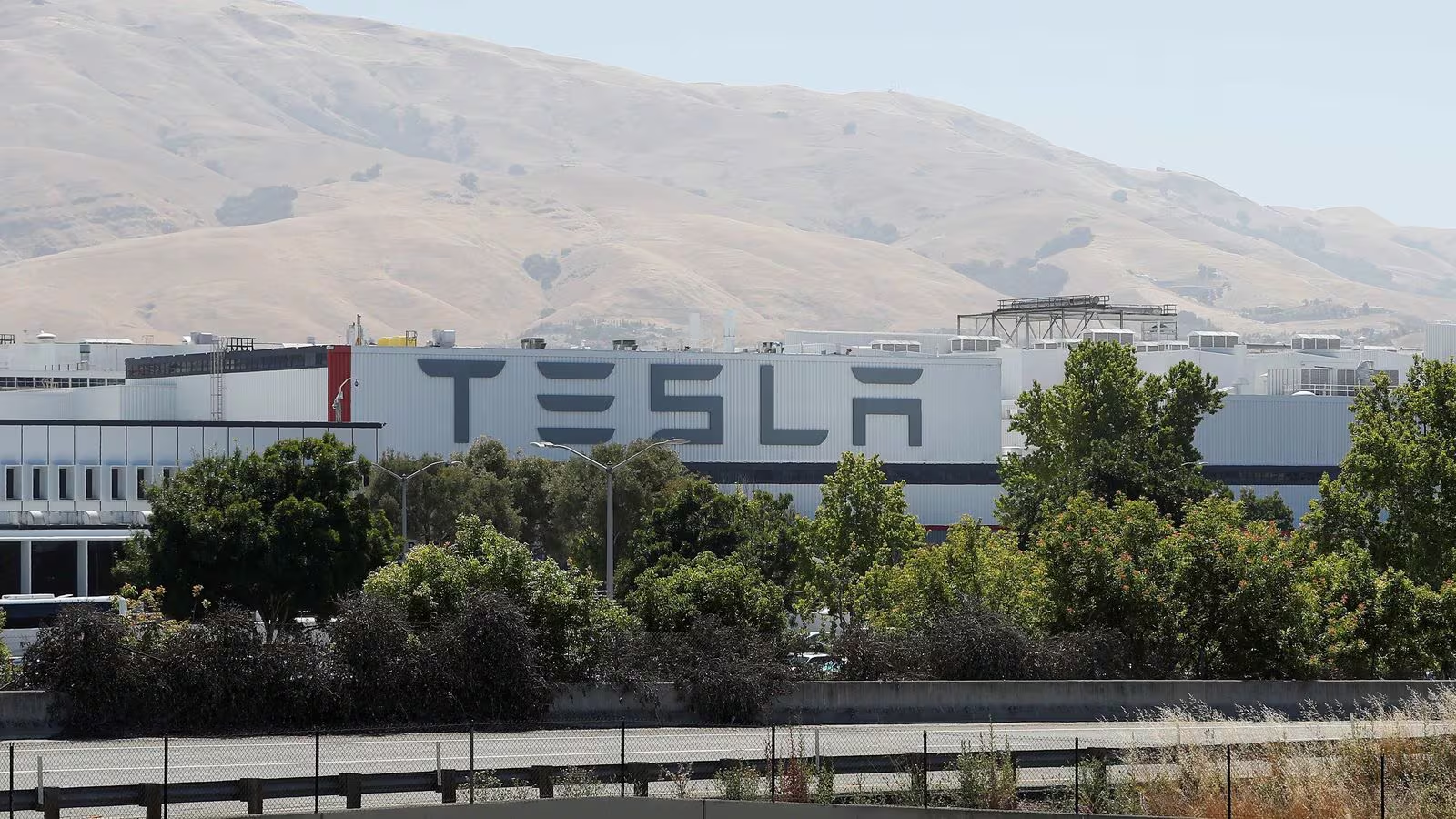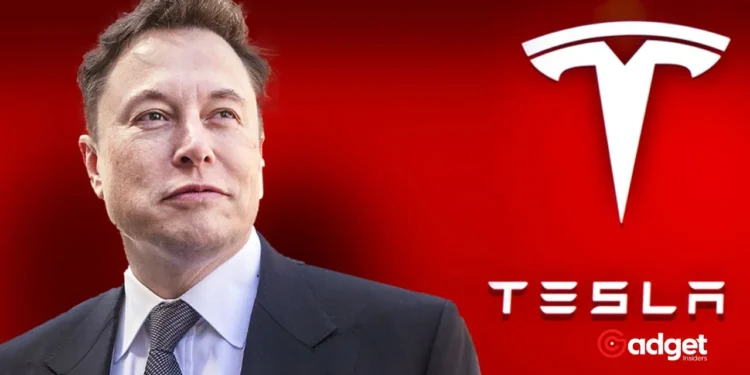In a move that has stirred both economic excitement and environmental concern, Tesla Inc. has chosen to de-annex nearly 2,100 acres of its Gigafactory land in eastern Travis County. This decision, leveraging Texas Senate Bill 2038, allows the electric vehicle giant to bypass certain city regulations and taxes, reshaping its operational landscape under the auspices of a controversial state law.

A Bold Legal Maneuver
Tesla’s recent action is a direct result of the enactment of Senate Bill 2038, a law that significantly alters the power dynamics between cities and landowners on the outskirts of urban areas.
By withdrawing from Austin’s extraterritorial jurisdiction, the EV giant sidesteps the need for specific development approvals, potentially hastening its expansion plans while reducing operational costs.
Interesting move for @Tesla:
Musklandia: Tesla divorces gigafactory land from city of Austin. Using de-annexation law to bypass regulations in development process, avoid city taxes for 2,100 acres.@trdnyhttps://t.co/KeEOp72coV— Tesla2Lucid (@Tesla2Lucid) April 23, 2024
Shelley Parks, a spokesperson for Austin, highlighted the crucial role of extraterritorial jurisdictions, noting they “allow cities to enforce environmental and flooding standards.”
Tesla’s departure from this jurisdiction means that while the company may gain some regulatory relief, it also raises questions about the enforcement of local environmental standards on its property.
The Economic and Environmental Tug-of-War
Elon Musk, Tesla’s CEO, has often found himself at odds with regulatory frameworks, which he argues stifle innovation. In 2020, Musk announced plans to transform the Gigafactory land into an “ecological paradise,” complete with public hiking and recreational areas.
However, these eco-friendly developments have yet to be realized, and Tesla’s strategic de-annexation has sparked criticism from local environmentalists and policymakers.

Bill Bunch, an Austin-based attorney and environmental advocate, expressed dismay at Tesla’s decision, arguing it undermines local standards.
“We don’t have any business extending utilities to people who don’t want to meet our standards or pay our taxes,” Bunch stated, emphasizing the tension between local governance and corporate autonomy.
The Wider Impact of SB 2038
Since the implementation of SB 2038, there has been a surge in de-annexation petitions across Texas, with cities like Hutto and Lockhart challenging the law’s constitutionality. Tesla’s move is part of a broader trend that sees entities leveraging this law to circumvent local controls and potentially hasten development processes for large-scale projects.
In a similar vein, developer Alton Butler used SB 2038 to advance a 546-acre film studio project in nearby Bastrop, illustrating the diverse applications and significant implications of this legislation.
This growing trend underscores a shifting landscape where economic development objectives increasingly clash with municipal governance and environmental oversight.

Tesla and Austin’s Real Estate Market: Future Prospects
Despite the potential regulatory and tax advantages Tesla gains from de-annexing its Gigafactory land, the company’s ongoing expansion is expected to continue driving growth in Austin’s real estate market.
Tesla’s presence not only boosts local employment and economic activity but also enhances Austin’s appeal as a burgeoning hub for innovation and technology. The anticipation surrounding Musk’s vision for an ecological paradise, albeit uncertain, has spurred investor interest and optimism about the region’s future.
This enthusiasm is mirrored in initiatives like the Austin City Fund, where investors see an opportunity to capitalize on the area’s burgeoning real estate market, buoyed by ongoing commercial and industrial developments.
As Tesla charts its future in Austin and beyond, the interplay of economic ambitions and environmental responsibilities remains a focal point. The unfolding narrative will likely influence not just local policy debates but also broader discussions on balancing industrial growth with sustainable practices.










